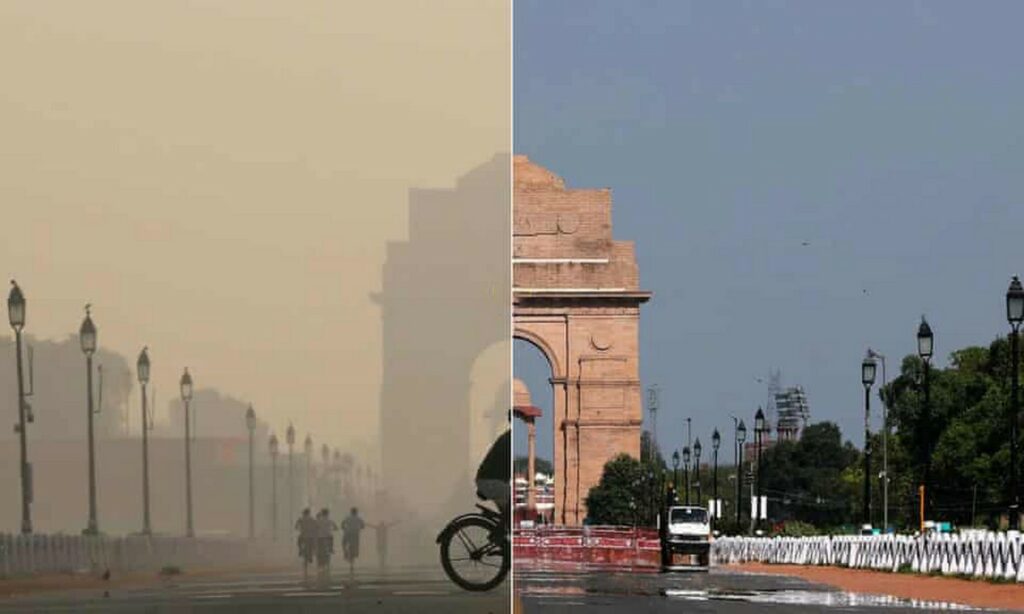In the aftermath of Diwali celebrations, data from the National Clean Air Programme (NCAP) tracker revealed a surge in pollution levels in nine out of eleven state capitals analysed in India compared to the previous year. The analysis focused on PM 2.5 (fine particulate matter) data for cities including Bangalore, Delhi, Hyderabad, Mumbai, and others.
Delhi witnessed the highest spike in pollution levels, with PM 2.5 reaching 999.5 ug/m3 at Pusa on November 13 at 1:30 am. Despite lower pollution levels before and on Diwali compared to the previous year, a sudden post-Diwali spike raised concerns. Unseasonal rain before Diwali helped settle pollution in various cities, but flouting the Supreme Court’s firecracker ban led to hazardous pollution levels post-Diwali.
Among the capitals analysed, eight had lower PM 2.5 levels a day before Diwali compared to the same period in 2022. However, after Diwali, nine cities experienced increased pollution levels. Delhi’s daily average PM 2.5 levels after Diwali reached 395.9 ug/m3, a sharp rise from 166 ug/m3 in 2022. Other cities like Gandhinagar, Kolkata, and Patna also recorded higher pollution levels after Diwali in 2023.
Despite the Supreme Court’s prohibition, people continued to use fireworks, leading to the post-Diwali pollution increase. According to the Central Pollution Control Board (CPCB), the air quality in Delhi-NCR deteriorated dramatically after Diwali, falling into the ‘Poor’ category. The findings highlight the difficulties in reducing air pollution over the holiday season, as well as the need for consistent efforts to enforce rules.










